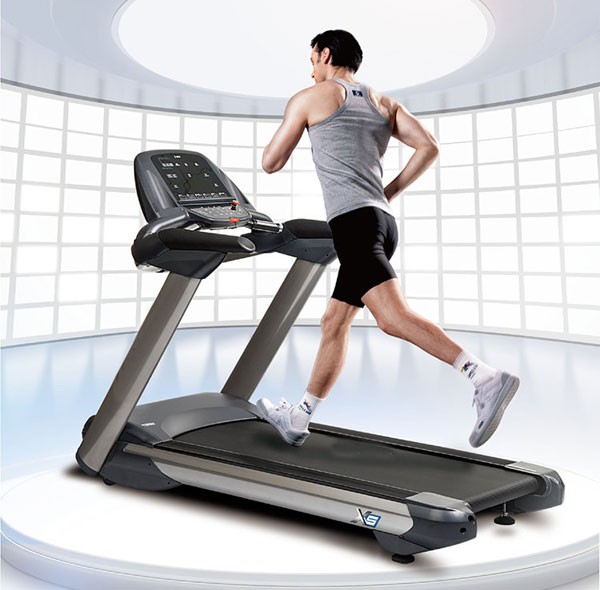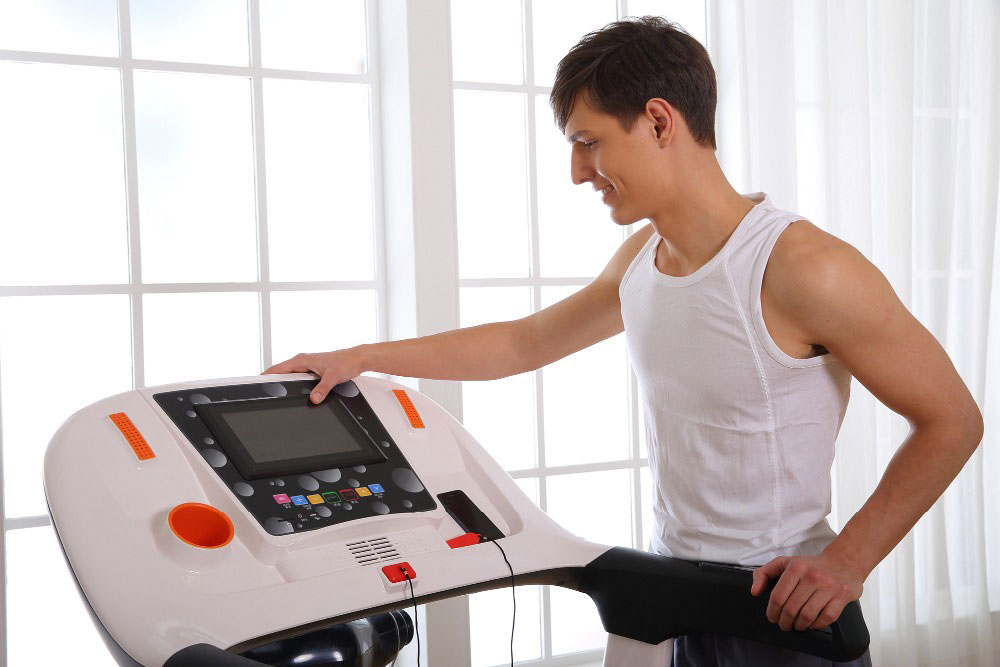Treadmills
Treadmill Buying Guide – How to Choose an Electric Treadmill
Gym Treadmill BUYING GUIDE
The first and foremost thing we should calculate (as in all purchases) is our needs in relation to the amount we can allocate.
As far as the corridor is concerned, this is a relatively complex process, especially for the uninitiated since it incorporates a number of technical elements and features aimed at different users.
We’d say it’s a bit like choosing our new family car!
So we start with the use we hope to make (frequent or not, running or walking), we take into account any overweight people or people with joint problems in our family, measure our space, decide which of the electrical conveniences (electric tilt, programs, Bluetooth connection, Wi-fi console) are really necessary for us and after settling down we look to cover all or most of the above needs in the best way within our budget!
Let’s look at them one by one:
- MOTOR:
They are divided into DC (direct current) and AC (alternating current) motors. The former are motors for home use while the latter can support longer professional use without heating up. Of course, AC motors add quite a bit to the price of the treadmill, but they excel in durability, reliability and duration of use.
It is, so to speak, the most expensive but imperative solution for the user who will use his corridor systematically and intensively. On the other hand DC motors are satisfactory for simple use and the scaling of their horsepower in relation to use should be as follows:
– 1.5 – 1.75 hp motor: 30 – 60 minutes per day, use by 1-2 people.
– motor of 2 or more horsepower: 60-90 minutes per day, use by 2-3 people.
– 3 hp motor: Up to 2 hours per day, ideal horsepower for families.
For daily use of more than 2 hours, or continuous use of more than an hour, but also for prolonged vigorous running, choosing a treadmill with an AC motor is the only way to avoid problems.
- TRACK SIZE AND WEIGHT:
It is usually directly proportional to the strength of the treadmill at least in kilograms. A larger and heavier build will better serve a larger rider and allow for running in addition to walking.
In short, a sturdier treadmill will better manage our weight and won’t creak while running. On the other hand, of course, it costs more and takes up more space.
- WALKING SURFACE SIZE:

The bigger the better!
Of course, it is enough to have the space, since with it the size of the corridor increases accordingly. A comfortable walking surface predisposes us to use it more and run on the treadmill.
In addition, it serves the largest and prevents any missteps. Those who are used to running should make sure that the carpet has a length equal to or greater than 125-130 cm depending on their stride length.
Accordingly, a satisfactory width is from 43 – 50 cm.
CONTROL CONSOLE:
It must have all the basic indications (speed, time, calories, pulse, distance) and not be complicated in its operation.
Speed and incline quick selection buttons make it very easy, while for tech lovers there are now many options with Wi-Fi screens that allow exercise to be combined with entertainment!

- MAXIMUM USER WEIGHT:
Each treadmill has a defined user weight. This usually refers to walking. It is good to choose a treadmill with a maximum user weight 15% greater than our weight so that it does not work at its limit and can also respond to the increased loads of the trex

